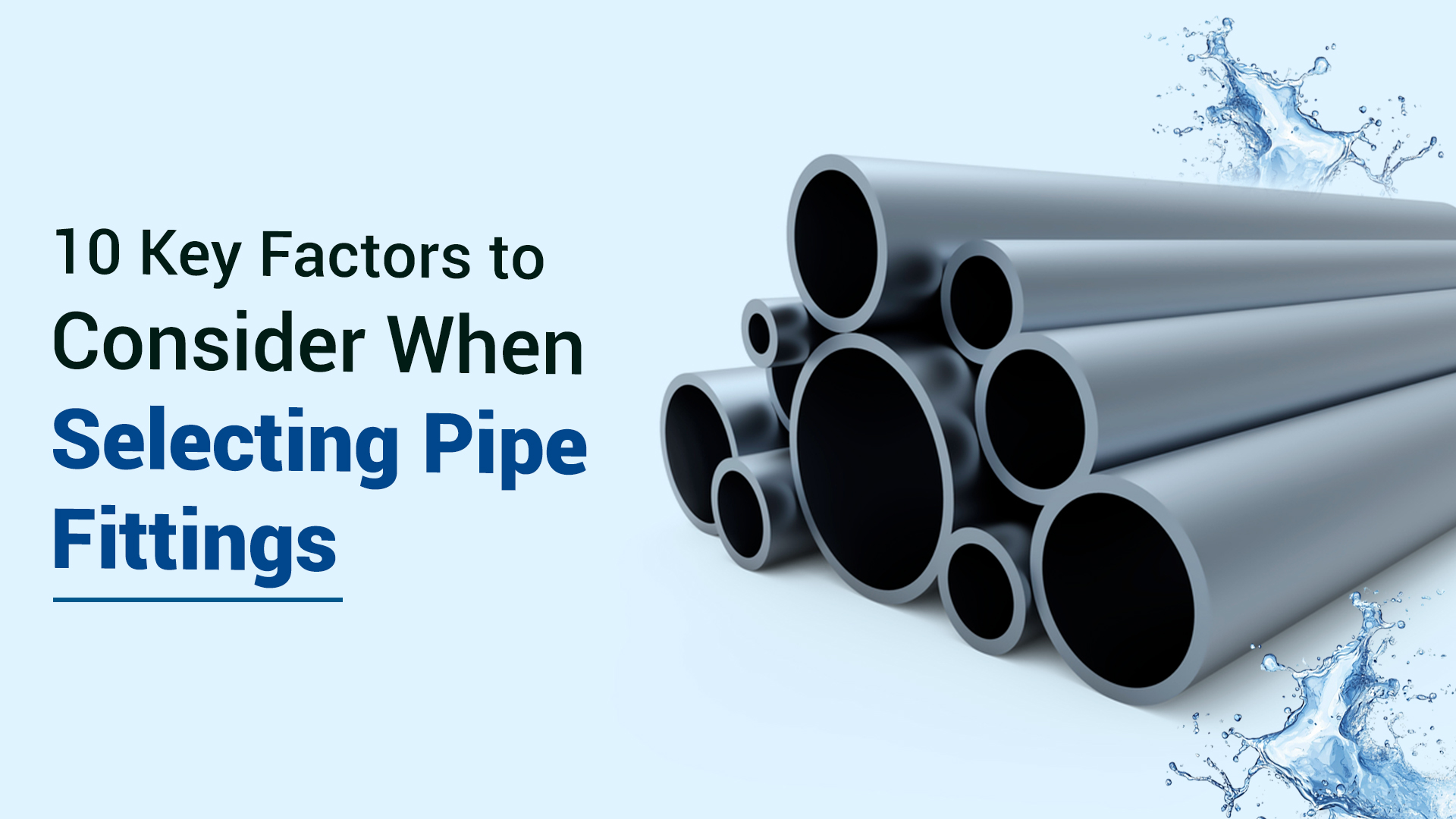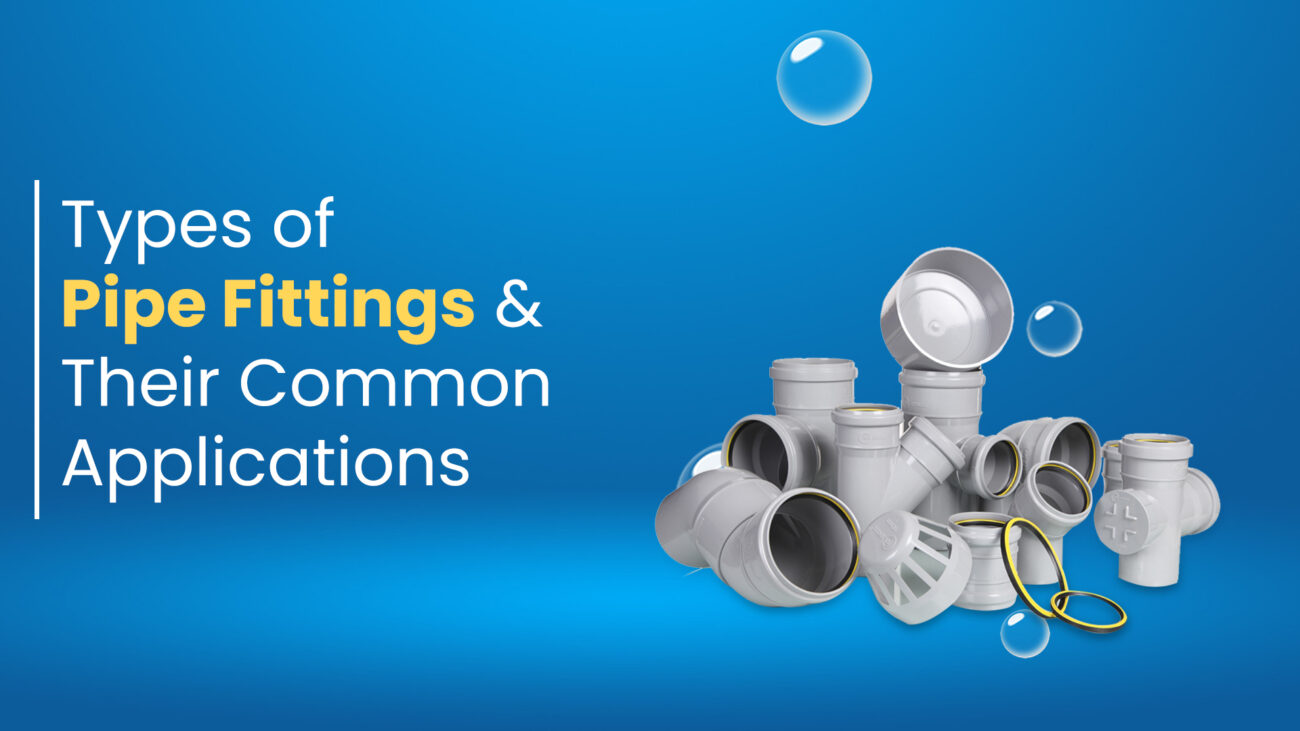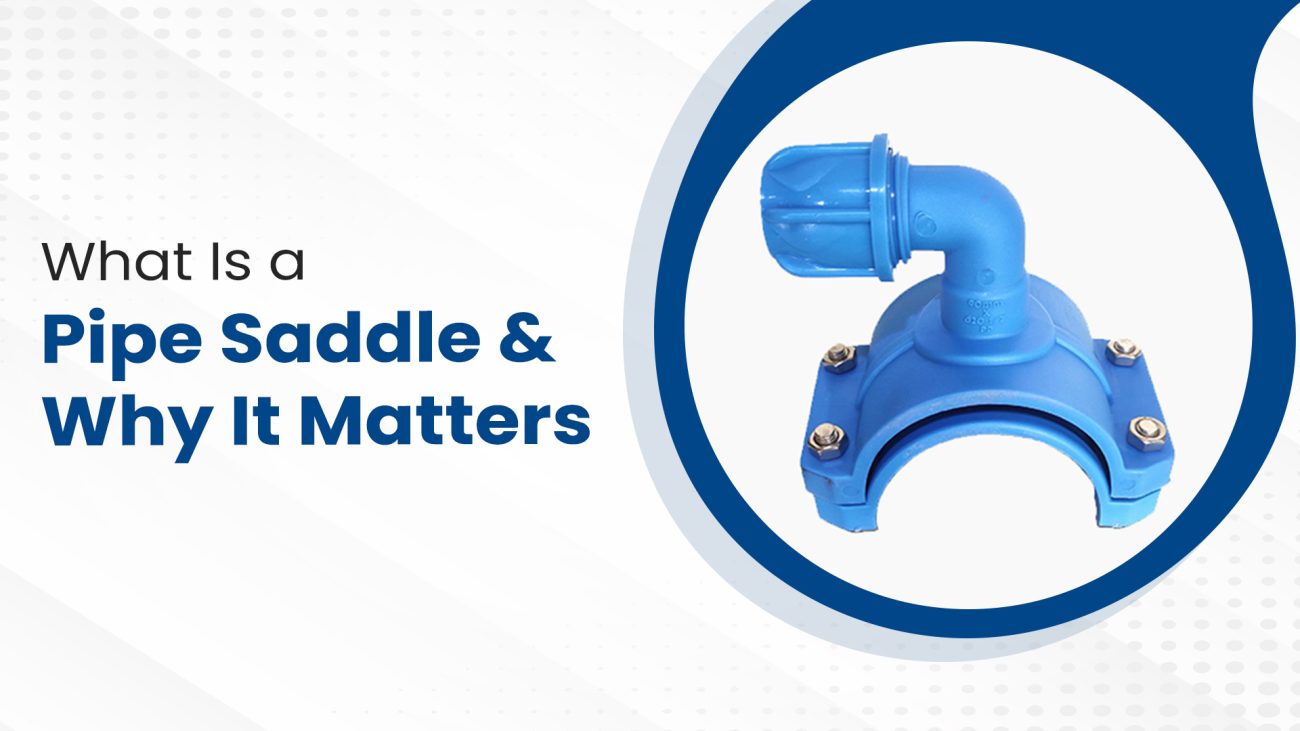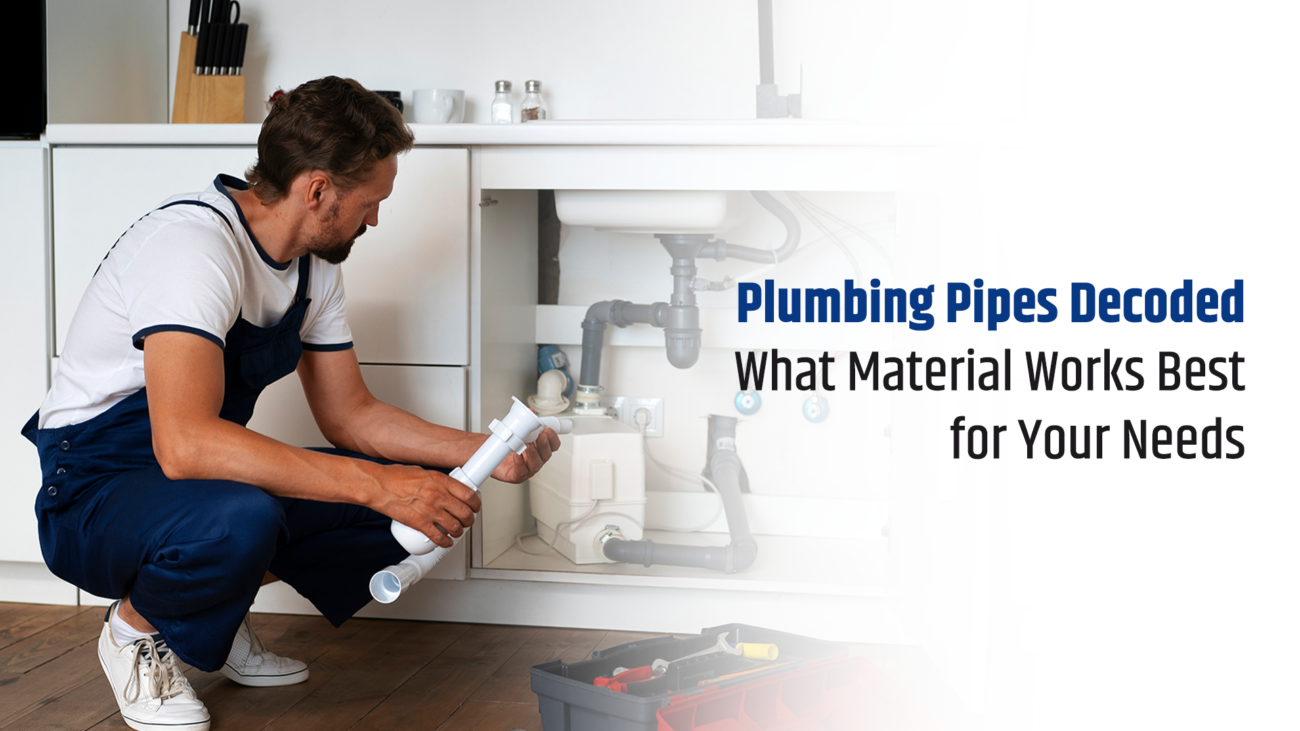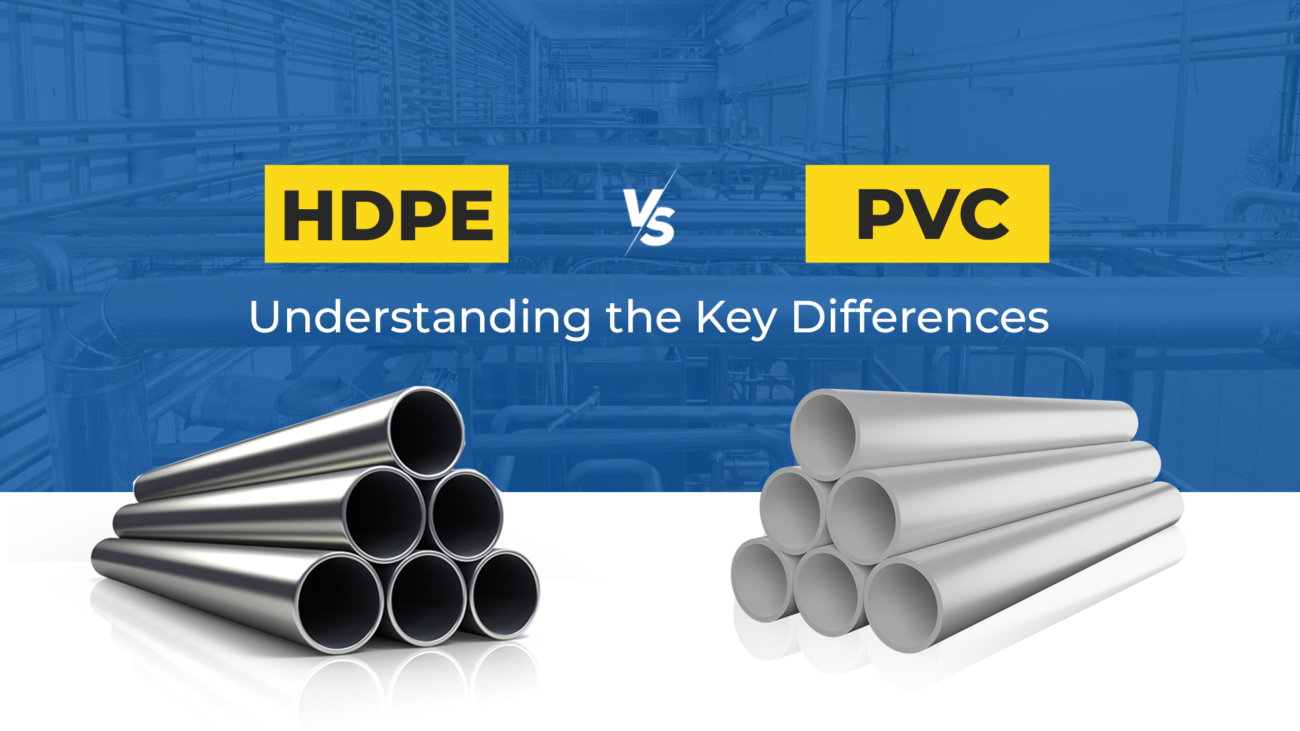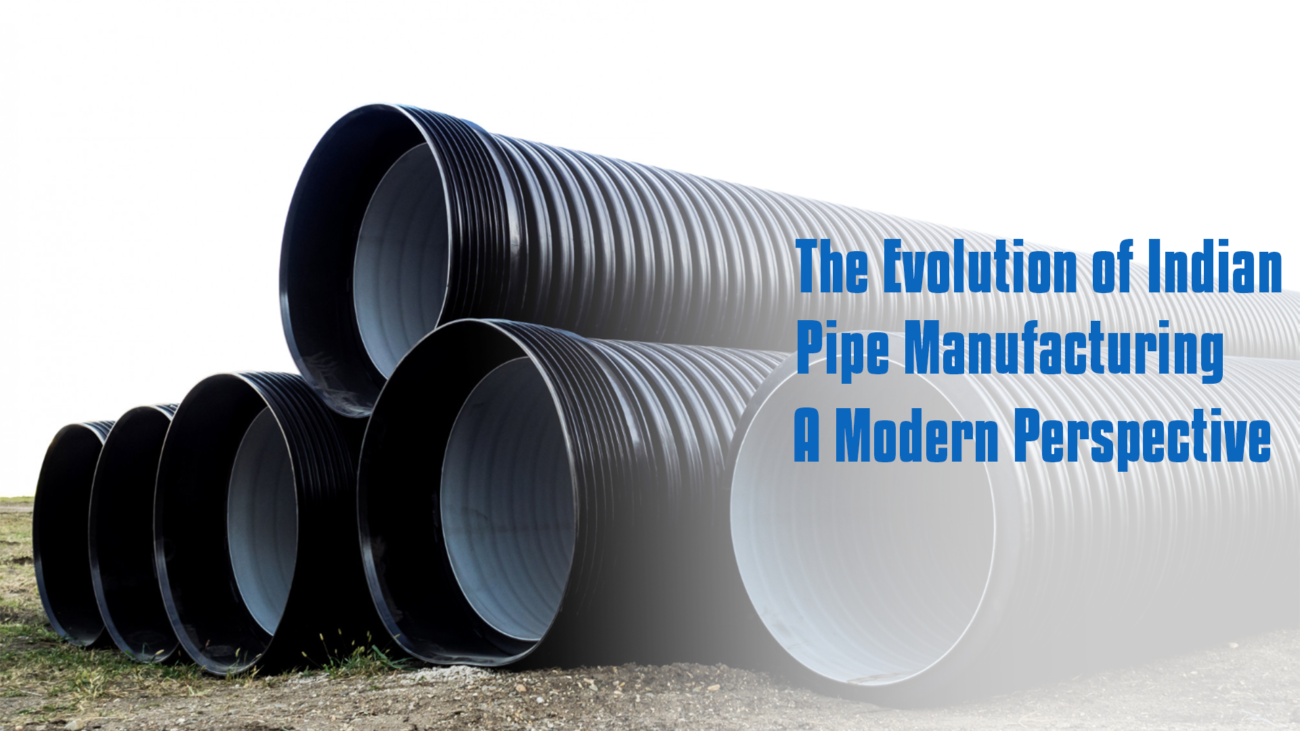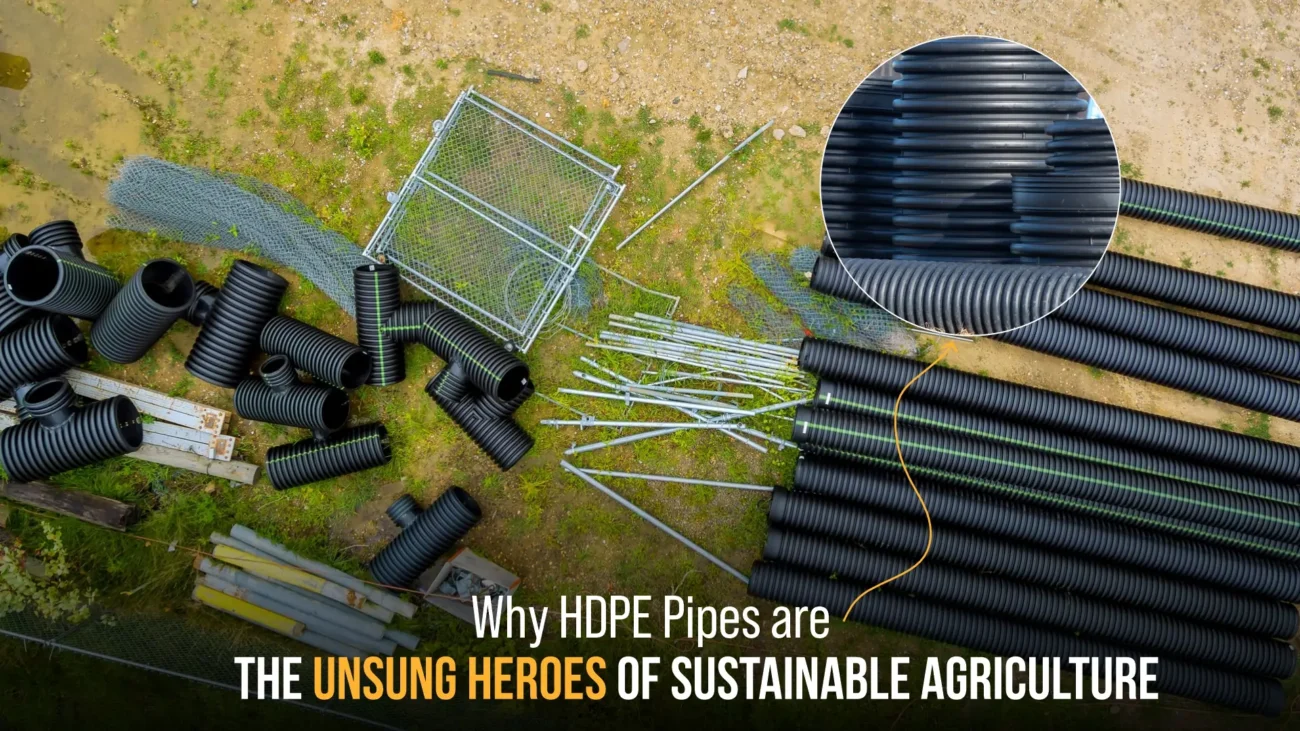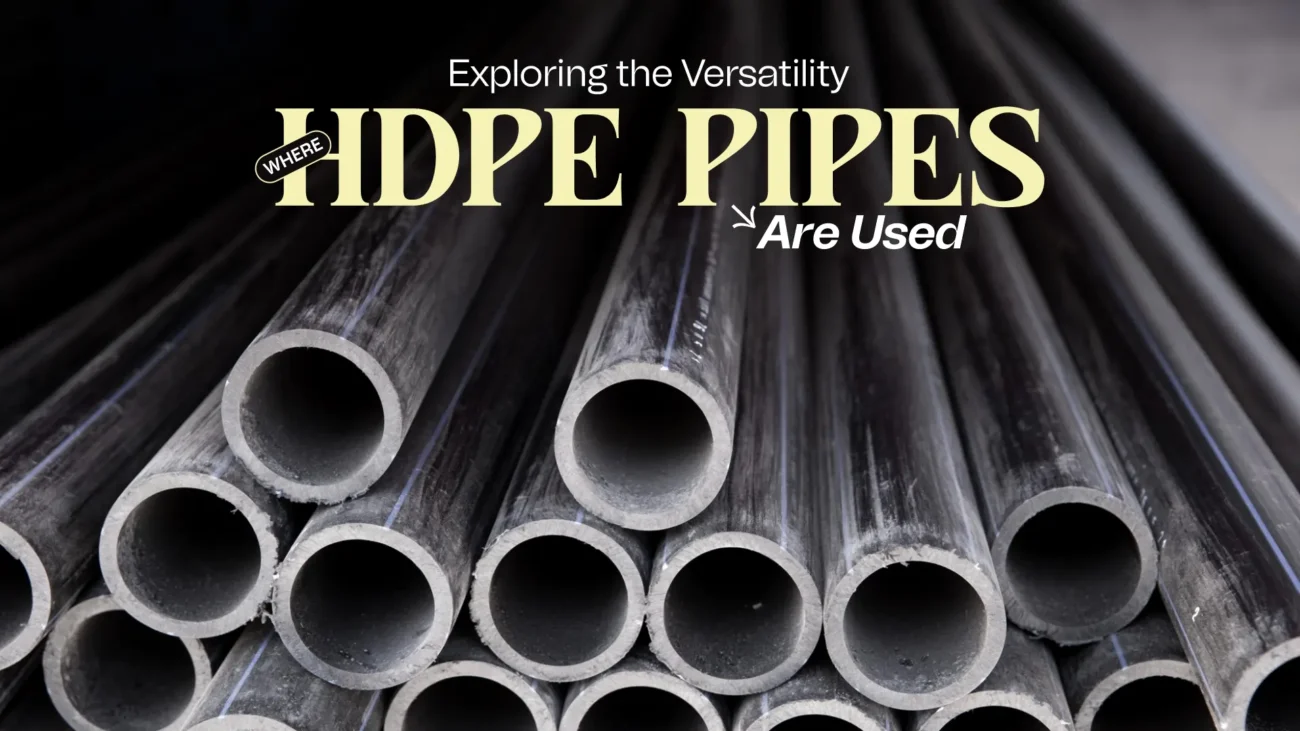Choosing the right pipe fittings is more important than you might think. The wrong fittings can lead to leaks, bursts, or even costly repairs.
Here is the thing: not all pipe fittings are created equal. Some are built to handle high pressure, while others—like plastic pipe fittings—are better for lightweight jobs. Need something tough that won’t crack under pressure or weather? HDPE pipe fittings might be your best bet. The right choice depends on what you are using them for.
Here we will discuss the 10 key things to consider before you buy. It will help you pick the right fitting the first time. Because when it comes to pipes, “good enough” often isn’t.
Let’s dive in.
Factors to Consider When Selecting Pipe Fittings
Choosing the right pipe fittings is not just about size. It is about material, pressure, and purpose. When you choose plastic pipe fittings or HDPE pipe fittings for a tough job, these 10 factors will help you avoid mistakes. Take your time, double-check, and your system will last longer.
1.Material Compatibility
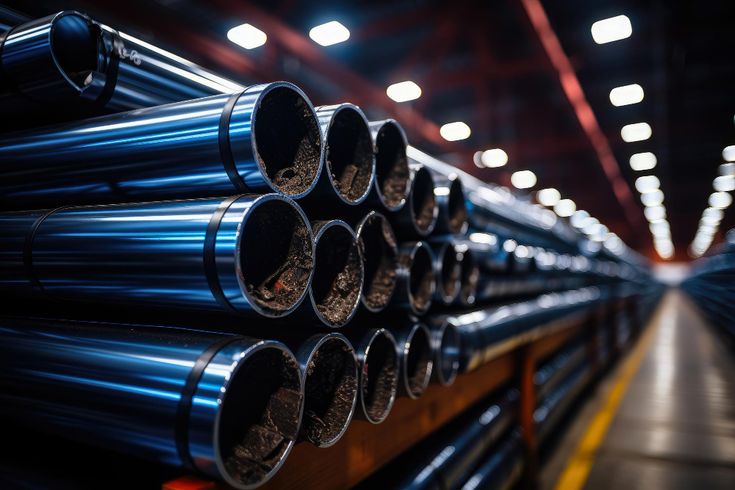
Pipe fittings must match the pipe material to avoid leaks or corrosion. Plastic pipe fittings work with PVC or CPVC pipes. Metal fittings suit steel or copper. HDPE pipe fittings are best for flexible, durable systems. Using the wrong material can cause chemical reactions or weaken connections. Always check:
- Pipe material (PVC, copper, steel, etc.)
- Chemical exposure (acids, oils, water)
- Environmental conditions (indoor, outdoor, underground)
Mismatched materials can fail over time, leading to costly repairs.
2.Pressure Rating
Every pipe fitting has a maximum pressure it can handle. Exceeding this limit can cause bursts. For high-pressure systems, metal fittings are stronger than plastic pipe fittings. HDPE pipe fittings handle moderate pressure well. Check:
- System pressure (PSI rating)
- Safety margins (don’t use fittings at max pressure constantly)
- A garden hose fitting won’t work in an industrial hydraulic line—always match pressure needs.
3.Temperature Resistance
Heat expands materials, cold makes them contract. Plastic pipe fittings may warp in high heat, while metal handles extremes better. HDPE pipe fittings resist freezing but soften under high heat. Consider:
- Operating temperature range
- Thermal expansion (will fittings loosen over time?)
Using the wrong fitting in a hot water line can lead to cracks or leaks.
4.Size and Dimension Accuracy
A tiny size mismatch can cause leaks. Pipe fittings must match the inner and outer diameters perfectly. Threads (NPT, BSP) must align. Check:
- Exact measurements (ID, OD)
- Thread type (metric, NPT, BSP)
A 1-inch fitting won’t seal a 1.1-inch pipe—precision matters.
5.Connection Type
Different jobs need different connections. Threaded fittings are easy to install but may leak under vibration. Welded fittings are permanent but harder to replace. HDPE pipe fittings often use compression or fusion welding. Options include:

- Threaded
- Socket weld
- Butt weld
- Compression
Choose based on ease of installation and maintenance needs.
6.Corrosion Resistance
Rust and corrosion destroy fittings over time. Plastic pipe fittings resist rust but crack under UV exposure. HDPE pipe fittings excel in wet or chemical-heavy environments. For metal, stainless steel or galvanized coatings help. Consider:
- Exposure to water, chemicals, or salt
- Protective coatings
A rusty fitting can clog pipes or contaminate water.
7.Flow Characteristics
Some fittings restrict flow, causing pressure drops. Smooth bends and wide diameters improve efficiency. HDPE pipe fittings have smooth interiors for better flow. Avoid:
- Sharp 90-degree elbows (use sweep bends instead)
- Narrow fittings in high-flow systems
Poor flow design wastes energy and reduces performance.
8.Cost and Budget Considerations
Cheap fittings save money now but fail sooner. Plastic pipe fittings cost less than metal but may not last as long. HDPE pipe fittings balance price and durability. Think about:
- Upfront cost vs. lifespan
- Maintenance and replacement expenses
9.Compliance with Industry Standards
Fittings must meet safety and quality standards (ASTM, ANSI, ISO). Non-compliant fittings can fail inspections or cause hazards. HDPE pipe fittings often follow NSF standards for drinking water. Always check:
- Certifications
- Local building codes
Using uncertified fittings risks fines or system failures.
10.Application-Specific Requirements
Not all fittings work for all jobs. Plastic pipe fittings suit home plumbing, while HDPE pipe fittings handle underground gas lines. Industrial systems may need high-pressure welded fittings. Ask:
- What is the system used for? (Water, gas, chemicals)
- Are there special needs? (Flexibility, fire resistance)
A fitting that works in a sink may fail in a factory.
Wrapping It Up: Choosing Pipe Fittings the Smart Way
Picking the right pipe fittings is not just about grabbing whatever is cheapest or closest on the shelf. It is about thinking ahead—what is flowing through them? How much pressure? Will they be buried underground or exposed to chemicals?
If you are working on a simple home project, plastic pipe fittings might do the job just fine. They are easy to handle and won’t break the bank. But if you need something tougher—like for irrigation, gas lines, or industrial setups—HDPE pipe fittings could be the better choice. They bend without breaking and last years underground.
The key? Match the fitting to the job. Check the material, pressure rating, and connection type. Think about temperature changes and corrosion risks. A little planning now saves leaks (and headaches) later.
Still unsure? Ask someone who knows. A quick chat with a plumbing supplier or contractor can help you avoid mistakes. After all, a well-built system does not just work—it lasts.
Now go pick the right pipe fittings—and get that project done right the first time.



